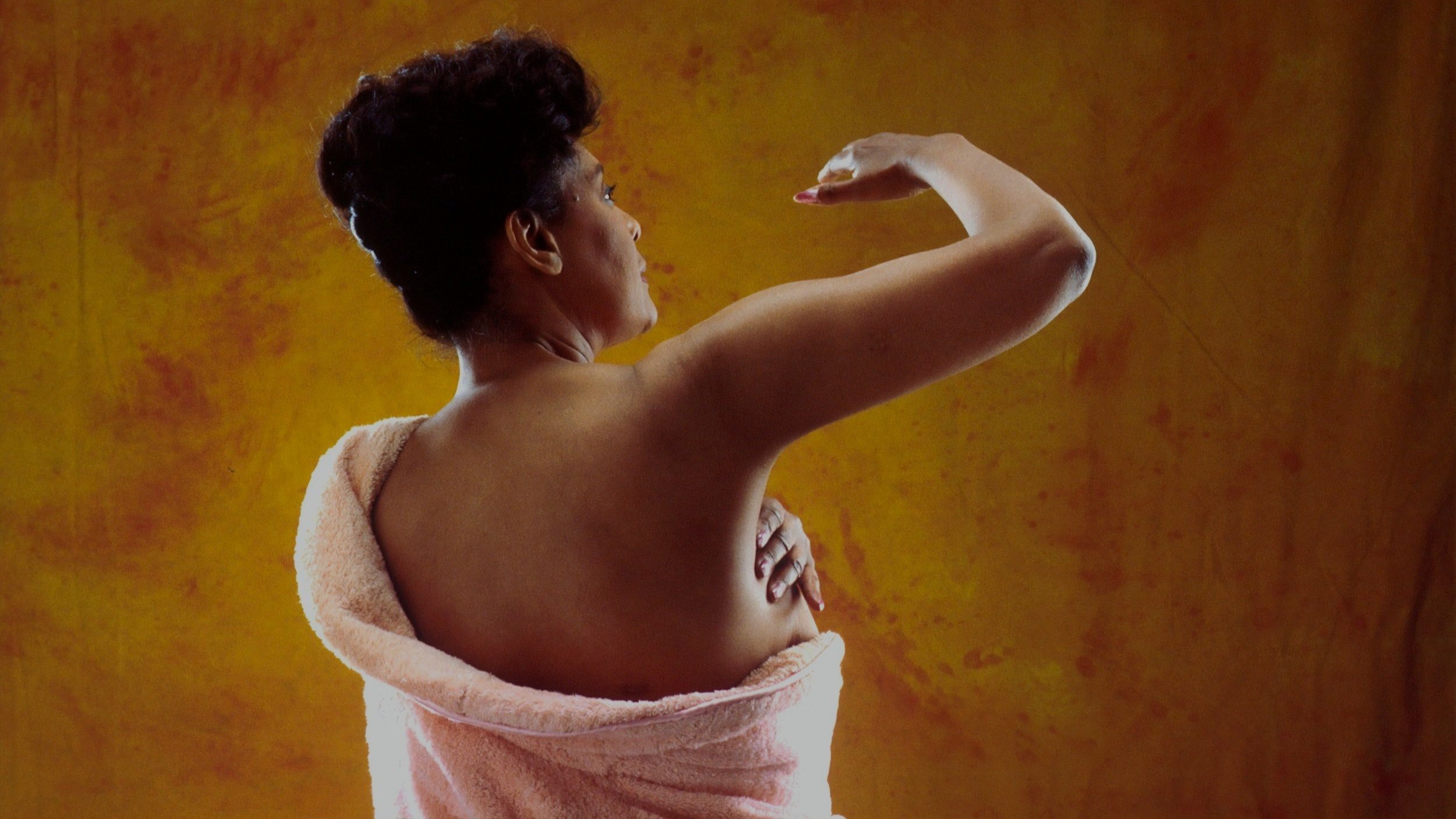
How to Perform a Breast Self-examination
By Kathryn Saxton – December 1, 2021
Chances are you know someone who has been affected by breast cancer. According to the American Cancer Society, 1 in 8 people with breasts develop breast cancer at some point in their lives, making it one of the most common forms of cancer. Luckily, the five-year survival rates are fairly high when the disease is caught early. Lumps can be detected by a number of different methods, including annual mammograms, clinical and self-exams, and even MRIs for those with extremely high risk.
Self-exams are fast and inexpensive, making them one of the best ways to catch lumps before they have the chance to spread. While self-exams sometimes result in unnecessary biopsies or panic, the benefits generally outweigh these risks. One study found that around 25% of breast cancers are self-detected, making it a close second to mammograms, which are x-rays performed on the breast that can be painful and inaccessible for some. Therefore, being familiar with your own breasts and noticing any changes can be life-saving.
It is recommended that self-exams be performed once a month, particularly a few days after your period if you are still menstruating. Self-exams only take a few minutes and can be easily incorporated into daily routines, such as when you are dressing, undressing, or lying in bed. To perform a thorough self-examination, the following steps should be taken.
Standing visual inspection
Stand in front of a mirror with your top removed
Start with your arms down by your side and check for any changes in the breasts and nipples, such as swelling, dimpling, or redness
Repeat with the arms raised above your head as well as on your hips
Cleveland Clinic, “Breast Self-Exam”, https://my.clevelandclinic.org/health/diagnostics/3990-breast-self-exam, accessed Nov. 2021
2. Standing manual inspection
Use the pads of your middle three fingers on the opposite side of the breast you are inspecting
Lightly press on your breast and perform a small, circular motion
Follow a pattern to ensure you cover the entire breast
Cover your entire breast again with moderate pressure, and then firm pressure
Press underneath the armpit
Gently squeeze the nipple, checking for discharge
Repeat on the other side
Cleveland Clinic, “Breast Self-Exam”, https://my.clevelandclinic.org/health/diagnostics/3990-breast-self-exam, accessed Nov. 2021
3. Laying manual inspection
Lay on your back, place a pillow underneath one shoulder, and extend that arm above your head
Use the other hand to perform the same inspection as above
Cleveland Clinic, “Breast Self-Exam”, https://my.clevelandclinic.org/health/diagnostics/3990-breast-self-exam, accessed Nov. 2021
If you notice any of the following changes during the exam, it might be a good idea to reach out to a healthcare provider:
Lumps or knots
Puckering or dimpling
Discharge coming from the nipple
Pain or rash
Redness, warmth, or swelling
By performing these exams regularly, people with breasts can become more familiar with their bodies and thus be more cognizant of any changes that may occur. This can lead to earlier detection and treatment for breast cancer patients, resulting in improved outcomes.



